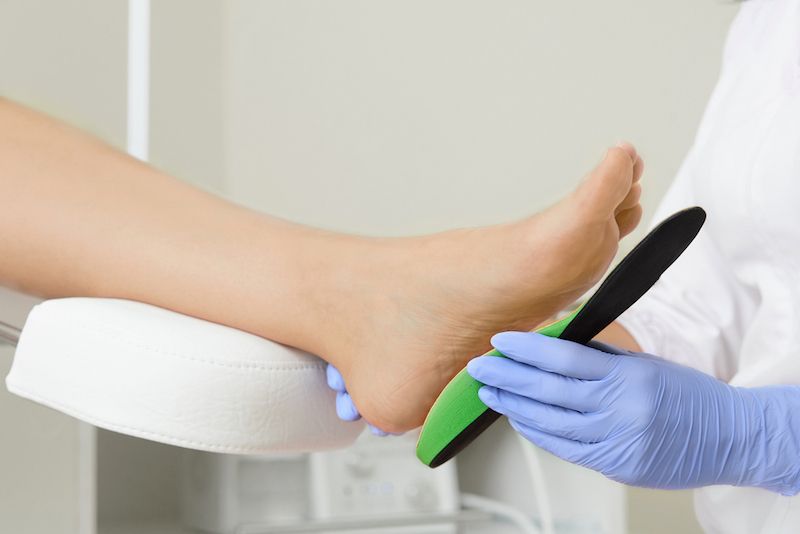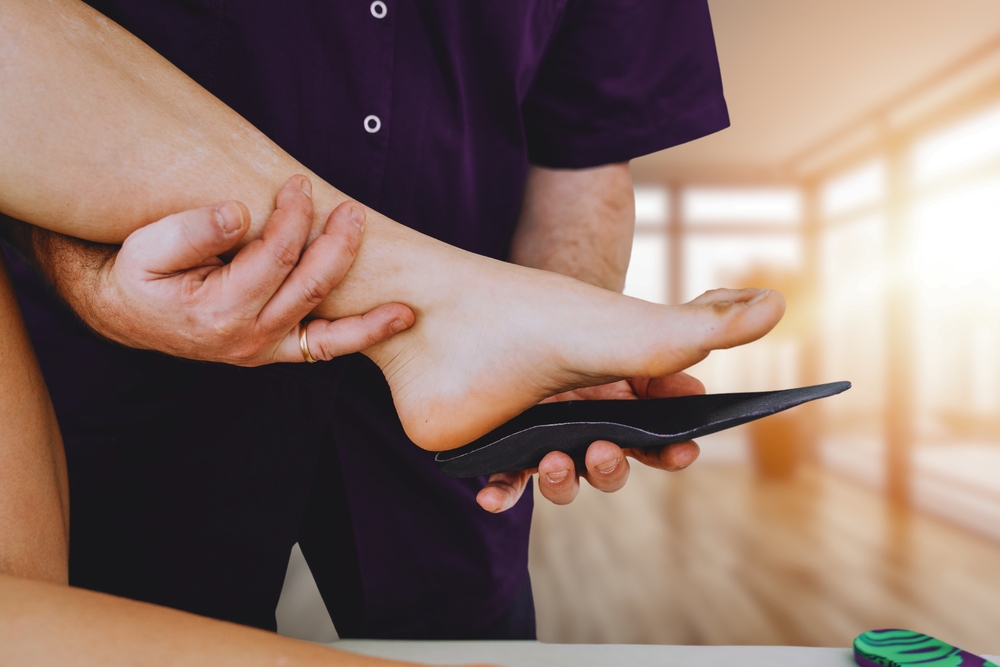
Many people live with consistent and regular foot pain. While others may
have pain that occurs only when they are engaged in certain activities. While
orthotics may not be the right answer for everyone to help with this pain, it’s a
good idea to consult with a professional to decide if orthotics are a
good option for you.
For many, it is tempting to try to
self-diagnose and purchase shoe inserts without consulting with a medical
professional first, but the results are often minimal or ineffective. However,
this doesn’t mean that you should be unprepared for your visit which is
why we’ve compiled some helpful information to get you up to speed on the world
of orthotics.
Inserts
Shoe inserts are available over the counter in many pharmacies and shoe stores and
provide an additional cushion when they are placed inside of a shoe. Shoe
inserts are constructed from a variety of materials including gel, plastic, or
foam. These inserts offer additional support for arches, heels, toes, or the
entire foot, but if the inserts are not made specifically for your foot or foot
pain, they will not actually help correct any problems that are causing your
specific pain.
Orthotics
Many consumers feel that orthotics and inserts are synonymous. However, there are several distinct differences between the two. Orthotics are prescription medical devices that are specifically designed and tailored to meet your personal needs and can help with your foot position when you stand, walk or run. Orthotics are also prescribed to help with other medical conditions such as arthritis, diabetes, plantar fasciitis or bursitis and can be prescribed to eliminate the need for surgery to correct flat feet.

Determining Your Need
Now that you’ve determined that an appointment is necessary, there are a variety of
tests and images that your medical professional will gather before deciding the best
options for you. Initially, many orthotic appointments include 3-D imaging of the
foot to see if they can identify any problems or differences between your
feet.
Next, you will be given a thorough examination. The examination will
include watching you walk to check your stance, foot-strike, hip movement, and ankle
movement and how that may relate to the root cause. You will also be given a
physical exam to assess your ability to move and stretch your foot in different
directions and angles.
If it is decided that you need orthotics to help
correct an issue, a mold will be made of your feet in order to accurately
create an orthotic that will work for you. There are several different materials
that are used to develop orthotics, and each has specific benefits and drawbacks
which your medical professional will discuss with you.
Types of Orthotics
There are two basic types of orthotics: rigid and soft. During your appointment, you should make sure to understand which type of orthotic you are receiving and why it is the best option for your condition.
-
Rigid Orthotics – Rigid or functional orthotics are typically made from durable plastic or carbon fiber. These orthotics are best paired with a dress or walking shoes and are specifically designed to ease pain in the foot, legs, thighs, and back that may be caused by issues with how your foot is working.
-
Soft Orthotics – Soft or accommodative orthotics are made from various soft, pliable materials. This form of custom orthotic is designed to ease pain and pressure on certain parts of the foot. They are often very thick and may need to be worn with a custom orthotic shoe so that they will fit without causing additional discomfort.
Overview
Now that you understand some of the details about orthotics, it’s a good time to speak to a professional about any concerns that you may have. They will be able to discuss the causes of your foot pain as well as your treatment options. It’s never too soon to get rid of the discomfort that you’re having, so schedule an appointment today!









